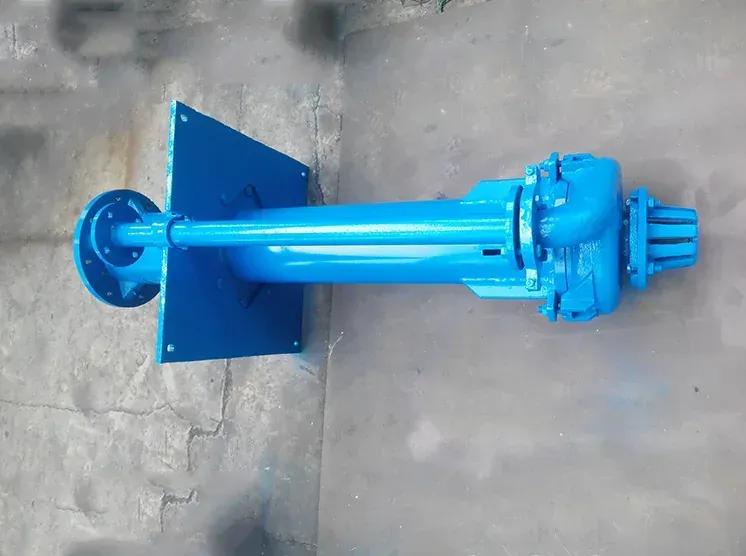Lithuanian
- Afrikaans
- Albanian
- Amharic
- Arabic
- Armenian
- Azerbaijani
- Basque
- Belarusian
- Bengali
- Bosnian
- Bulgarian
- Catalan
- Cebuano
- Corsican
- Croatian
- Czech
- Danish
- Dutch
- English
- Esperanto
- Estonian
- Finnish
- French
- Frisian
- Galician
- Georgian
- German
- Greek
- Gujarati
- Haitian Creole
- hausa
- hawaiian
- Hebrew
- Hindi
- Miao
- Hungarian
- Icelandic
- igbo
- Indonesian
- irish
- Italian
- Japanese
- Javanese
- Kannada
- kazakh
- Khmer
- Rwandese
- Korean
- Kurdish
- Kyrgyz
- Lao
- Latin
- Latvian
- Lithuanian
- Luxembourgish
- Macedonian
- Malgashi
- Malay
- Malayalam
- Maltese
- Maori
- Marathi
- Mongolian
- Myanmar
- Nepali
- Norwegian
- Norwegian
- Occitan
- Pashto
- Persian
- Polish
- Portuguese
- Punjabi
- Romanian
- Russian
- Samoan
- Scottish Gaelic
- Serbian
- Sesotho
- Shona
- Sindhi
- Sinhala
- Slovak
- Slovenian
- Somali
- Spanish
- Sundanese
- Swahili
- Swedish
- Tagalog
- Tajik
- Tamil
- Tatar
- Telugu
- Thai
- Turkish
- Turkmen
- Ukrainian
- Urdu
- Uighur
- Uzbek
- Vietnamese
- Welsh
- Bantu
- Yiddish
- Yoruba
- Zulu
Telephone: +86 13120555503
Email: frank@cypump.com
Lap . 01, 2024 04:36 Back to list
Understanding the Functionality of a Sewer Ejector Pump System in Waste Management
Understanding the Sewer Ejector System A Comprehensive Overview
In modern plumbing and wastewater management, sewer ejector systems play a crucial role in ensuring the effective transportation of wastewater from lower-lying areas to the municipal sewage system. Particularly in locations where gravity drainage is insufficient, these systems help manage waste efficiently, preventing backups and maintaining sanitary conditions.
A sewer ejector system comprises several components, including a sewage ejector pump, a holding tank, and various pipes and valves. The ejector pump serves as the heart of the system. Located within the holding tank, which collects wastewater, the pump activates when the tank reaches a certain level, efficiently propelling the sewage upward against gravity toward the main sewer line.
The need for a sewer ejector system arises in various scenarios, particularly in basements or lower-level bathrooms where the plumbing cannot rely solely on gravity to function
. In such instances, without an ejector system, homeowners could experience frequent overflows and sewer backups, leading to unpleasant odors and unsanitary conditions.When the water level in the holding tank rises to a pre-set threshold, a float switch activates the pump. The pump typically employs a vortex impeller or other designs that withstand the debris and solids present in wastewater. Once activated, the pump forces the sewage through a discharge pipe, which connects to the main sewage line or septic system, thus facilitating transportation to treatment facilities.
sewer ejector system

One of the key advantages of sewer ejector systems is their ability to manage sewage from various fixtures, such as toilets, sinks, showers, and washing machines, depending on the system's design. This versatility makes them suitable for both residential and commercial applications, particularly in industrial settings or large buildings with multiple levels.
Regular maintenance is essential for the longevity and proper functioning of sewer ejector systems. Homeowners should schedule routine inspections to clean the pump and tank, check the float switch, and ensure that all electrical components are in good working order. Neglecting maintenance can lead to pump failure, resulting in costly repairs and potential health hazards due to sewage backups.
While sewer ejector systems are generally reliable, homeowners should also be aware of common issues. These can include clogs, pump burnout, or mechanical failure. It is advisable to familiarize oneself with the signs of trouble, such as slow drainage, unusual sounds from the pump, or unpleasant odors, to address problems before they escalate.
In summary, a sewer ejector system is an invaluable component of modern plumbing, efficiently managing wastewater in low-lying areas where gravity cannot do the work. By understanding its functionality and importance, homeowners can better appreciate their plumbing systems and ensure they remain in good working condition, contributing to a healthy and sanitary living environment.
-
High-Efficiency Submersible Effluent Pump for Sewage & Wastewater Solutions
NewsJul.08,2025
-
High Quality CH Warman Slurry Pump Factory - Leading Horizontal Slurry Pump Supplier
NewsJul.08,2025
-
Hot Sale Chemical Circulating Pump – Efficient & Durable Slurry Circulating Pump Solutions
NewsJul.08,2025
-
High-Efficiency Submersible Dredge Pump for Sand & Gravel Durable Dredge Slurry Pumps Solutions
NewsJul.07,2025
-
Wholesale Slurry Pump Impeller Supplier – High-Quality & Efficient Pump Parts for Enhanced Performance
NewsJul.07,2025
-
High-Efficiency Water Submersible Pumps Reliable Water Pump for Potable Water Supply
NewsJul.06,2025










